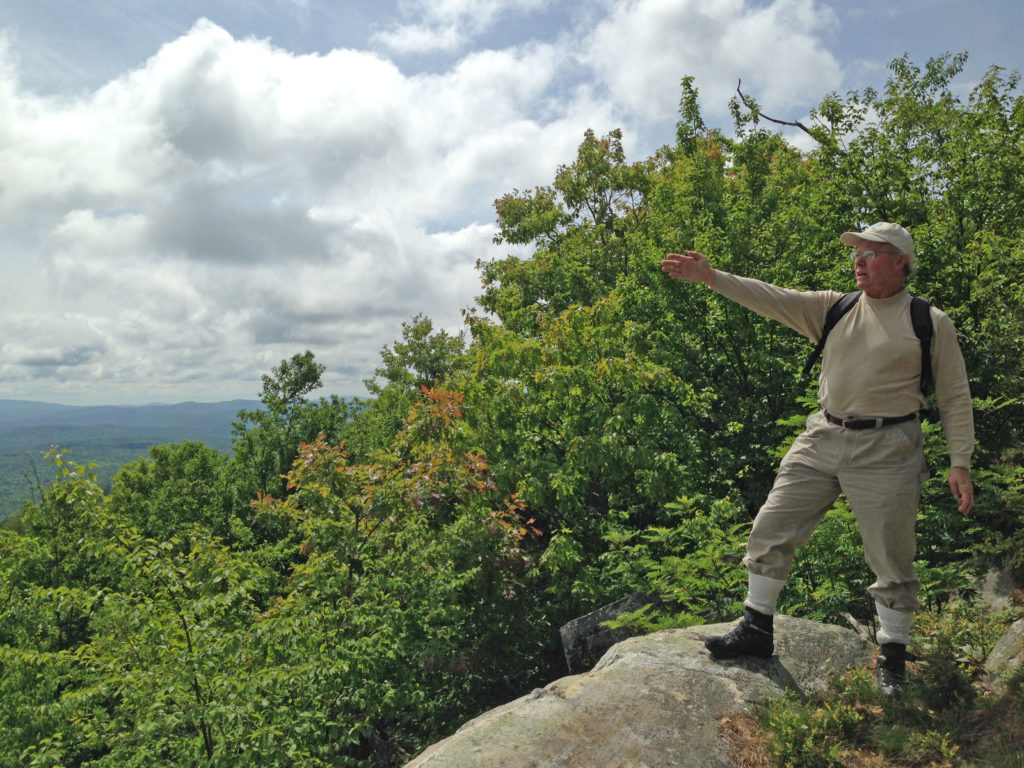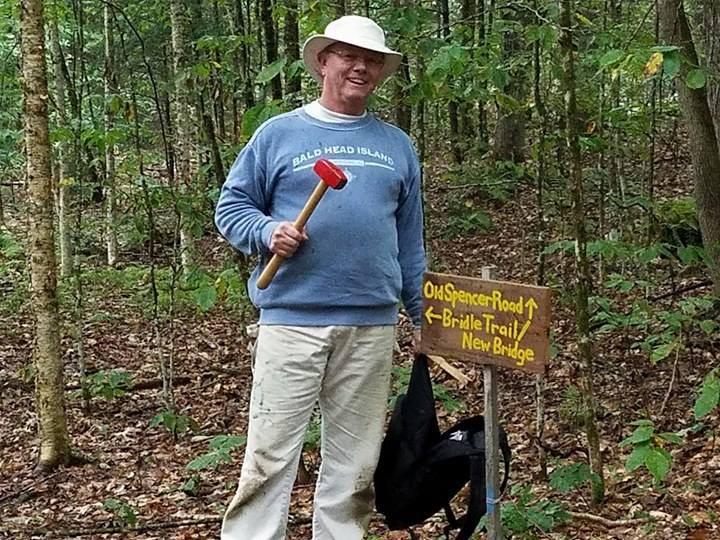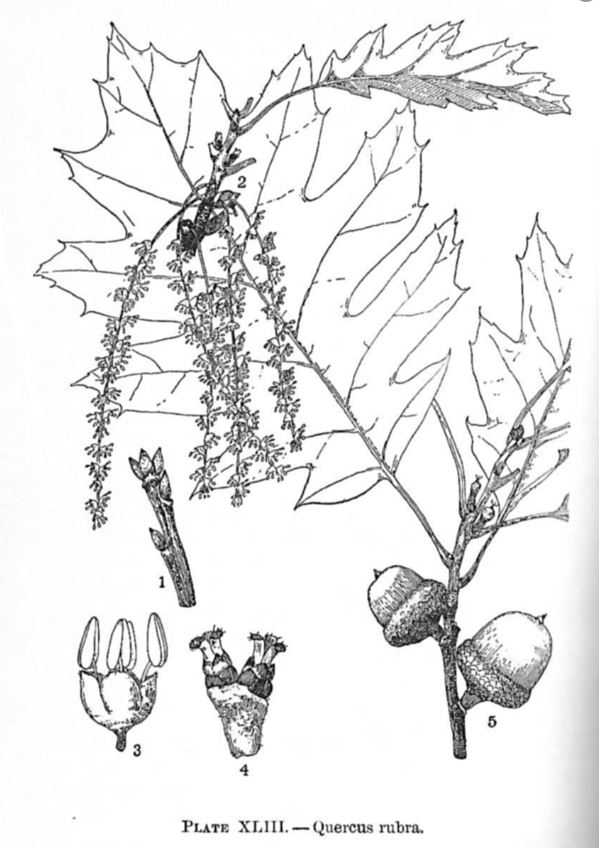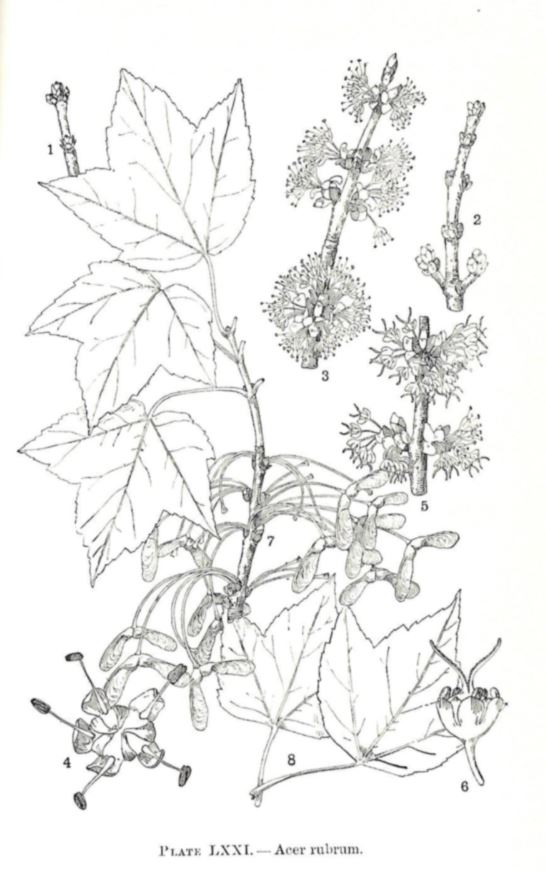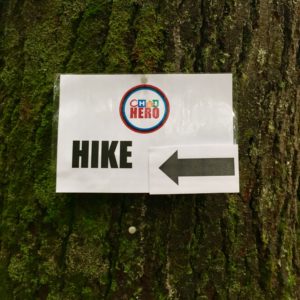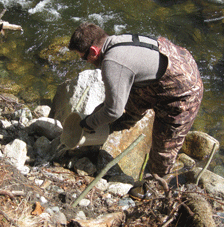We hope you’ll join us on Friday, November 24th for a post-holiday workday on Moose Mountain. Come out to the site of our newest land conservation project, the former Kendall Farm on Three Mile Road. We’ll be working together to help clean up an old farm dump, improving the environmental quality of this incredible property. No hazardous waste present. Wear work clothes appropriate for the weather, and bring your own gloves if you’d like (we’ll have gloves and tools available on site).
After our clean up, there will be time to explore this special place, and learn more about our conservation plans for the property.
For more information, email Barry at bmatthews@hanoverconservancy.org.




